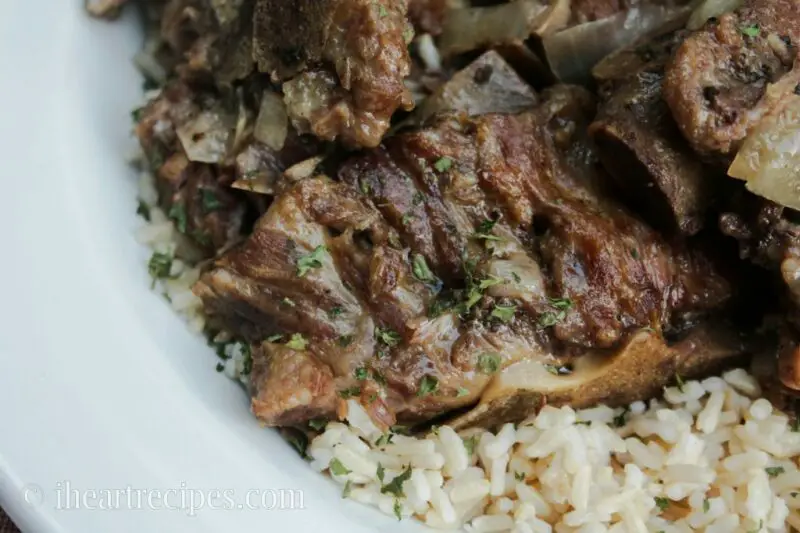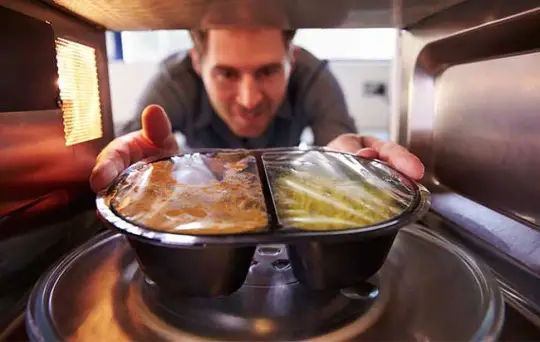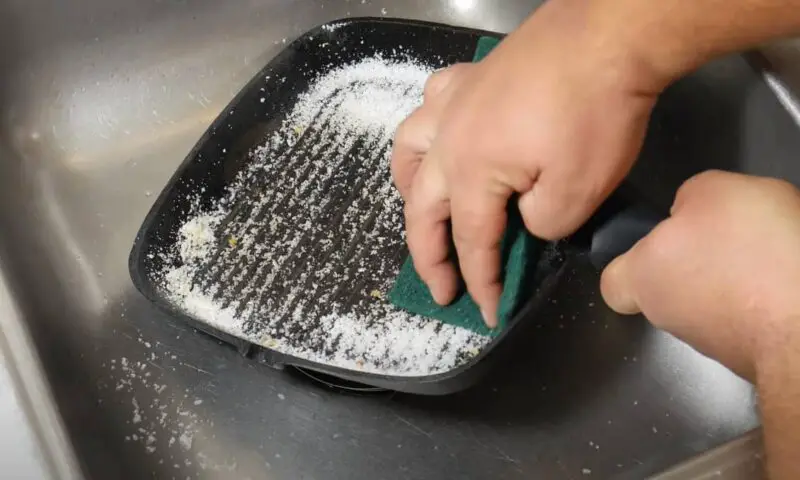How to Cook Pork Bones: The Ultimate Guide
When it comes to cooking pork, there are few ingredients as versatile and rewarding as pork bones. Whether you’re roasting, slow-cooking, boiling, smoking or making bone broth, pork bones add flavor and nutrition to every dish they touch. But if you’re new to cooking with pork bones, you may be wondering where to start. In this ultimate guide, we’ll take you through all the steps of cooking pork bones, from sourcing the right cuts to mastering different cooking techniques. By the time you finish reading, you’ll be a pork bone expert ready to turn any recipe into a mouthwatering masterpiece.
Preparing the Pork Bones
The first step in cooking any type of meat is to prep it properly. When it comes to pork bones, this means taking the time to source high-quality cuts from a trusted supplier. You want fresh, preferably organic pork bones that come from healthy animals and relatively lean cuts with little excess fat or meat.
- Sourcing high-quality pork bones: If you’re not sure where to buy quality pork bones in your area, try asking your local butcher or farmer’s market vendor for recommendations. You can also look for online purveyors of high-end meats who specialize in niche cuts like marrowbones or baby back ribs.
- Cleaning and washing bones: Before cooking your pork bones, it’s important to rinse them thoroughly under cold running water. This will remove any dirt, debris or bacteria that may have accumulated during the packaging or transportation process.
- Trimming excess fat or meat off the bones: Depending on the recipe you plan on using your pork bones for, you may need to trim some of the excess fat or meat off the bones. This will not only make your dish healthier and lower in calories, but it can also improve the flavor and texture of the final result.
Roasting Pork Bones
Roasting is one of the most popular ways to cook pork bones, as it helps to deepen their flavor and give them a slightly caramelized crispy exterior. Here’s how to do it:
- Selecting the right oven temperature and cooking time for different types of bone cuts: Depending on which cut of pork bones you’re using, you’ll want to adjust the oven temperature and cooking time accordingly. For instance, rib bones may require a higher heat setting than shoulder bones or leg bones.
- Tips for seasoning and flavoring the roasted pork bones: To make sure your roasted pork bones are as flavorful as possible, try seasoning them with a mix of herbs, garlic, onions or other aromatics before roasting. You can also add a touch of olive oil, soy sauce or vinegar to enhance their umami taste profile.
- Benefits of roasting pork bones before cooking them: Roasting your pork bones first can help to remove any excess moisture and fat, which can affect the quality and consistency of the final dish. It can also create a more uniform texture and color across all your pork bone pieces.
Slow-Cooking Pork Bones
If you’re looking for a more hands-off way to cook pork bones, slow-cooking may be right up your alley. Here are some tips for getting it right:
- Overview of the benefits of slow-cooking pork bones: Slow-cooking is a great way to extract maximum flavor and nutrition from your pork bones, as the low and slow heat helps to break down their collagen and release their natural gelatin. This is what creates a rich, velvety texture in soups, stews or sauces.
- Steps involved in slow-cooking pork bones, including adding aromatics and liquid to the pot: To start, you’ll want to sauté some onions or garlic in a bit of oil until they’re fragrant. Then add your pork bones to the pot along with enough water, broth or stock to cover them completely. You can also add chopped carrots, celery or other vegetables at this point.
- Different techniques for slow-cooking depending on equipment available: If you have a slow cooker or Instant Pot, you can use these devices to set your cooking time and temperature automatically. Otherwise, you can simply simmer your pot on the stove over low heat for several hours until your pork bones are tender and fall off the bone.
Boiling Pork Bones
Boiling is another popular way of cooking pork bones that can yield tender meat and nutritious bone broth. Here’s how:
- Comparing boiling to other cooking methods: While boiling may not be as flavorful as roasting or smoking, it’s still an effective way of breaking down tough cuts of pork bones into a soft consistency. It also allows you to collect the nutrient-rich bone broth that forms during the cooking process so you can use it as a base for other dishes.
- Techniques for boiling, including using a pressure cooker or stovetop pot: You can boil your pork bones in one of two ways: either on the stovetop in a large pot or in a pressure cooker. The latter will help to speed up the cooking time and allow you to maintain the high heat needed to extract the most flavor from your bones.
- Tips for skimming and removing impurities from the bone broth as it cooks: As your pork bones boil, they may release some impurities or debris into the broth, which can make it cloudy or taste off. To prevent this, make sure to skim the surface of your broth regularly using a ladle or strainer. You can also add in some vinegar or citrus juice to help clarify the broth.
Smoking Pork Bones
Smoking is a beloved way of imparting flavor into pork bones, especially if you’re looking for a slightly smoky taste in your dishes. Here’s how to do it:
- How smoking can add a distinct flavor profile to pork bones and bone broth: Smoking uses wood chips like hickory or applewood to create an intense smoky flavor that permeates your pork bones and bone broth. This can complement other flavors in your dish and give it an extra boost of complexity.
- Introduction to smoking equipment options, including smoker boxes and grills: To smoke your pork bones, you’ll need either a smoker box or a grill with smoking capabilities. Depending on which method you choose, you’ll need to adjust the temperature and time settings accordingly.
- Tips for choosing wood chips and managing heat for optimal results: When selecting wood chips for smoking your pork bones, try to choose ones that complement but don’t overpower their natural flavor profile. Fruit woods like cherry or peach work well with lighter cuts, while nut woods like mesquite or pecan pair well with heavier cuts.
Making Bone Broth with Pork Bones
Bone broth is becoming more and more popular among health-conscious consumers, thanks to its numerous health benefits and rich, soothing flavor. Here’s how to make it using pork bones:
- Why bone broth is important and its health benefits: Bone broth is packed with nutrients like collagen, minerals and amino acids that are essential for maintaining healthy bones, muscles and joints. It can also improve your gut health, boost your immunity and help detoxify your body.
- Steps involved in making bone broth with pork bones: To make bone broth, you first need to roast or boil your pork bones to extract their flavors. Then transfer them to a large pot and cover them with water or broth. Add in some vegetables like celery, carrots or onions as well as aromatics like garlic or ginger. Let the pot simmer for several hours until the liquid has reduced and the flavors have melded together.
- Tips for storage, reheating, and eating bone broth: Once you’ve made your bone broth, store it in an airtight container in the fridge for up to five days. You can also freeze it in smaller batches for longer storage. To reheat your broth, simply heat it on the stove over medium heat until it’s warm and bubbling. You can drink it as is or use it as a base for soups, stews or risottos.
Conclusion
Cooking pork bones may seem intimidating at first, but once you get the hang of it, you’ll wonder why you ever cooked without them. By following this ultimate guide to cooking pork bones, you’ll have all the knowledge and skills you need to turn any cut of pork bones into a delicious, nutritious meal. Whether you’re roasting, slow-cooking, boiling, smoking or making bone broth, there’s no limit to the culinary possibilities that pork bones can unlock. So grab your apron and get ready to experience the full range of flavor and texture that pork bones have to offer.
Some possible dish ideas featuring cooked pork bones:
- Pork bone soup with mushrooms and noodles
- Braised pork belly with roasted bone marrow
- Slow-cooked pork ribs with BBQ sauce
- Smoked pork loin with sweet potato puree
- Crispy roasted pork chops with garlic butter sauce
- Pork bone ramen with soft-boiled eggs and pickled vegetables
Can I cook pork bones on their own?
Yes, you can definitely cook pork bones on their own to make a flavorful broth that can be used as a base for soups, stews, and sauces. Simply simmer the bones in water along with aromatics like onions, garlic, and herbs for several hours to extract all the flavor.
How do I prepare pork bones for cooking?
Before cooking the pork bones, it’s important to rinse them thoroughly under cold running water to remove any debris or blood. You may also want to blanch the bones in boiling water for a few minutes to remove any impurities that may affect the flavor of your dishes.
What are some cooking methods for pork bones?
You can cook pork bones using various methods such as roasting, boiling, and pressure cooking. Roasting will give the bones a deep caramelized flavor, while boiling will create a more subtle broth that’s perfect for soups and stews. Pressure cooking is another popular method that can yield tender and juicy meat in less time.
How long should I cook pork bones for?
The cooking time for pork bones will depend on the method you choose as well as the size and type of bones. Generally, it takes about 2-3 hours of simmering to extract all the flavors from the bones. However, if you’re using a pressure cooker, you can reduce the cooking time by half or more depending on its capacity. Always make sure to check if the meat is tender enough before serving.







